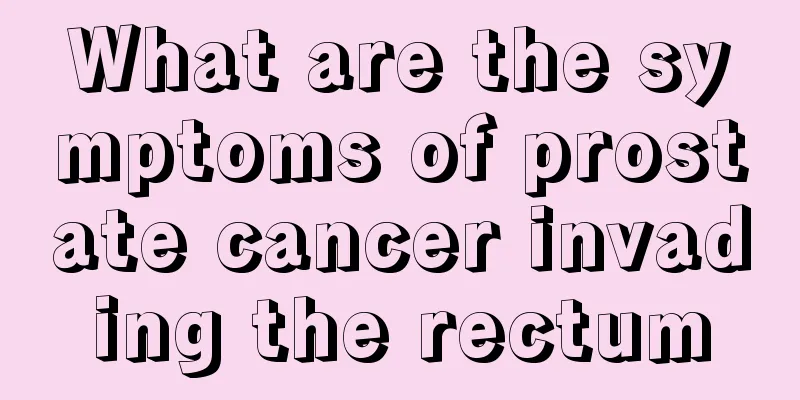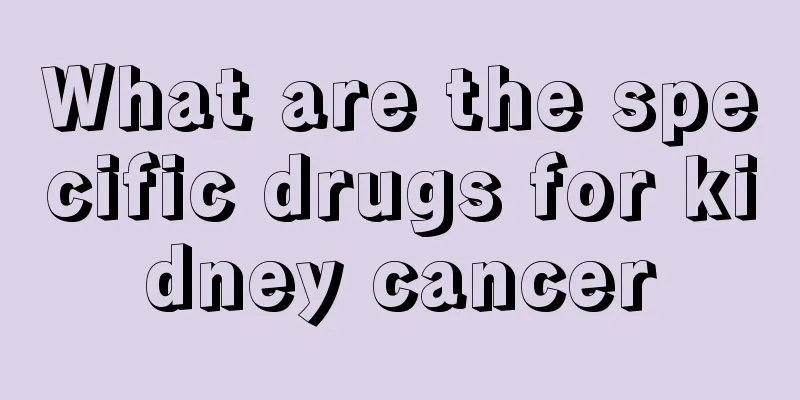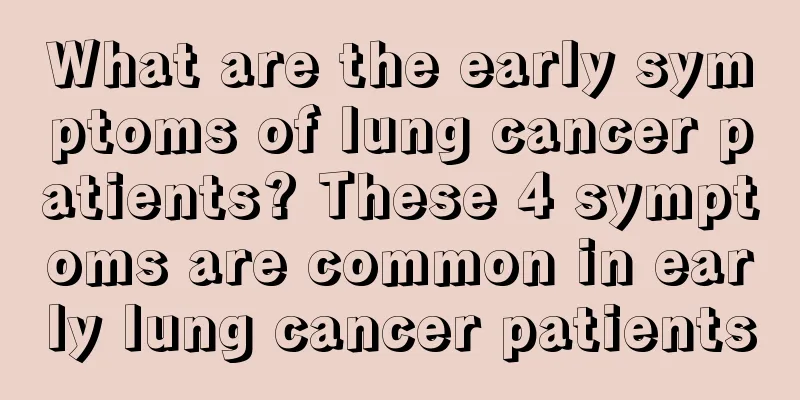Treatment methods and prospects for nasopharyngeal carcinoma

|
Nasopharyngeal carcinoma is a common head and neck malignant tumor in my country. Radiotherapy is the main radical treatment method and has been used in the treatment of nasopharyngeal carcinoma for more than 80 years. By the end of the last century, the 5-year overall survival rate after nasopharyngeal carcinoma treatment had reached 60%. With the widespread use of CT simulation and 3D treatment planning systems, the level of radiotherapy has been improved again, and the 5-year survival rate of patients has increased again. In the mid-to-late 1990s, the birth and development of intensity-modulated radiation therapy (IMRT) technology made the shape of the high-dose area of the radiotherapy plan consistent with the shape of the tumor target area, thereby better protecting the normal tissues and organs around the tumor and benefiting more nasopharyngeal carcinoma patients. Chemotherapy is another effective means of treating NPC. Combining it with radiotherapy can further improve the treatment effect of NPC. Currently, chemotherapy and chemoradiotherapy include induction chemotherapy, concurrent chemoradiotherapy, and adjuvant chemotherapy after radiotherapy. Concurrent chemoradiotherapy is the standard treatment for locally advanced NPC. Many studies have shown that concurrent chemotherapy during radiotherapy can significantly improve the radiosensitivity of tumor tissue and increase the efficacy of radiotherapy; adjuvant chemotherapy after radiotherapy is beneficial to reduce distant metastasis and recurrence rates. Molecular targeted therapy is a breakthrough and revolutionary development in cancer treatment in the 21st century, and represents the development direction of cancer treatment. Radiotherapy combined with molecular targeted therapy can significantly improve the local control rate and survival rate of nasopharyngeal patients and prolong the survival time of patients. In short, nasopharyngeal carcinoma is a curable malignant tumor. The combined application of existing treatment methods has greatly improved the treatment effect. With the continuous development of radiotherapy technology, the continuous emergence of molecular targeted drugs and the continuous advancement of chemotherapy drugs, the treatment prospects of nasopharyngeal carcinoma will definitely become brighter and brighter. |
<<: Two types of urinary diversion after total cystectomy
>>: Differential diagnosis of bone cancer and benign bone tumors
Recommend
How to deal with recurring fever caused by lung cancer
When lung cancer patients have symptoms of recurr...
The upper and lower eyelids are red, swollen and itchy
In autumn and winter, the weather is relatively d...
What are the methods for treating advanced lung cancer? Common clinical treatments for lung cancer
We all know that lung cancer is the most common m...
Does Feizixiao lychee cause internal heat?
We know that Feizishao lychees are a hot food. If...
What is pulmonary fibrosis?
Pulmonary fibrosis is a relatively common disease...
What are the effects of vc powder
VC powder has a good whitening effect and can als...
The harm of blocked meridians in the legs
Nowadays, many people often massage their arms, n...
The difference between conditioner and hair mask
Conditioners and hair masks are very common, and ...
The baby's hand was swollen from a mosquito bite
Babies' hands are generally delicate and thei...
What are the common symptoms of colorectal tumors?
Having a colorectal tumor is very dangerous and s...
Metabolic acidosis is common in
The human body needs a certain acid-base balance ...
What are the benefits of drinking Dendrobium nobile soaked in water
Dendrobium candidum is a particularly precious Ch...
How much water can cause poisoning if you drink it at one time
When a person has a cold or fever or a woman has ...
People with breast cancer often experience some skin changes
Breast cancer often causes some skin changes, and...
Three major early symptoms of brain cancer
For a disease like brain cancer, the earlier it i...









